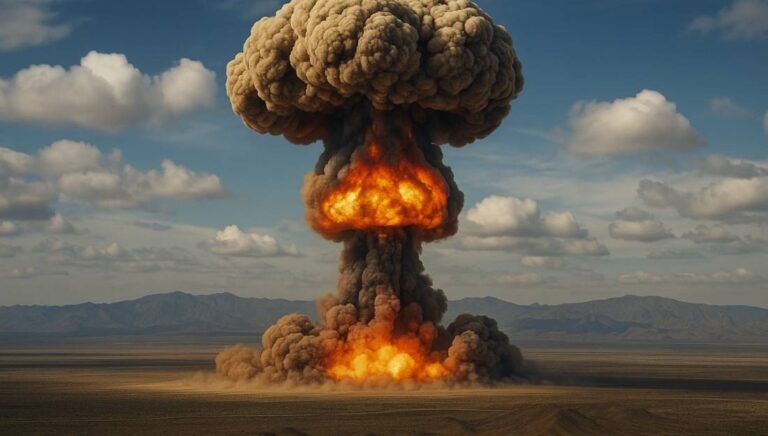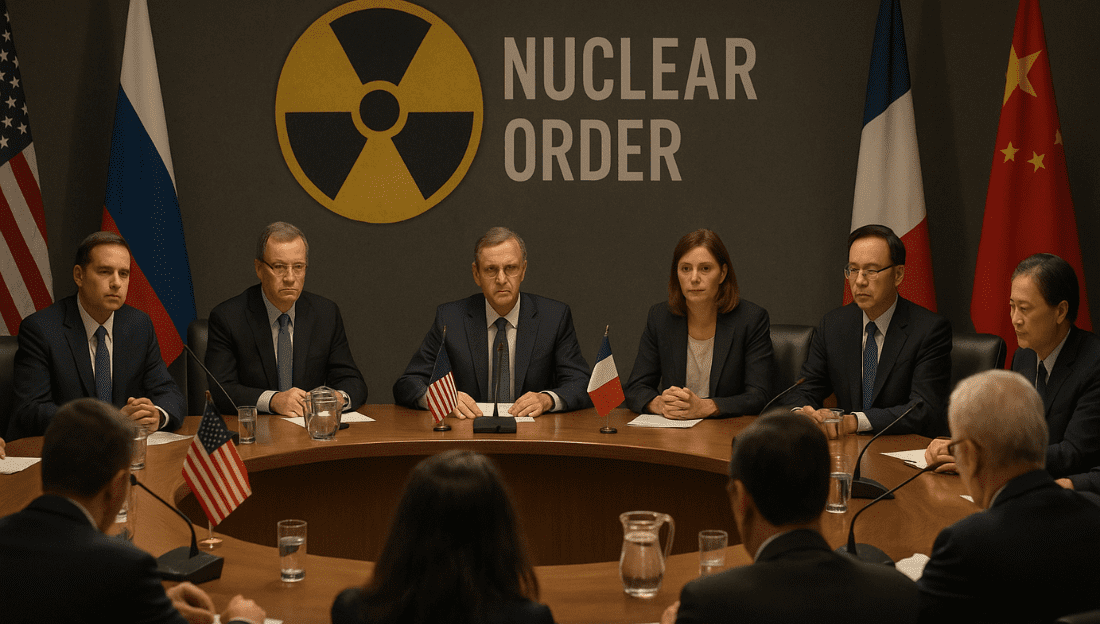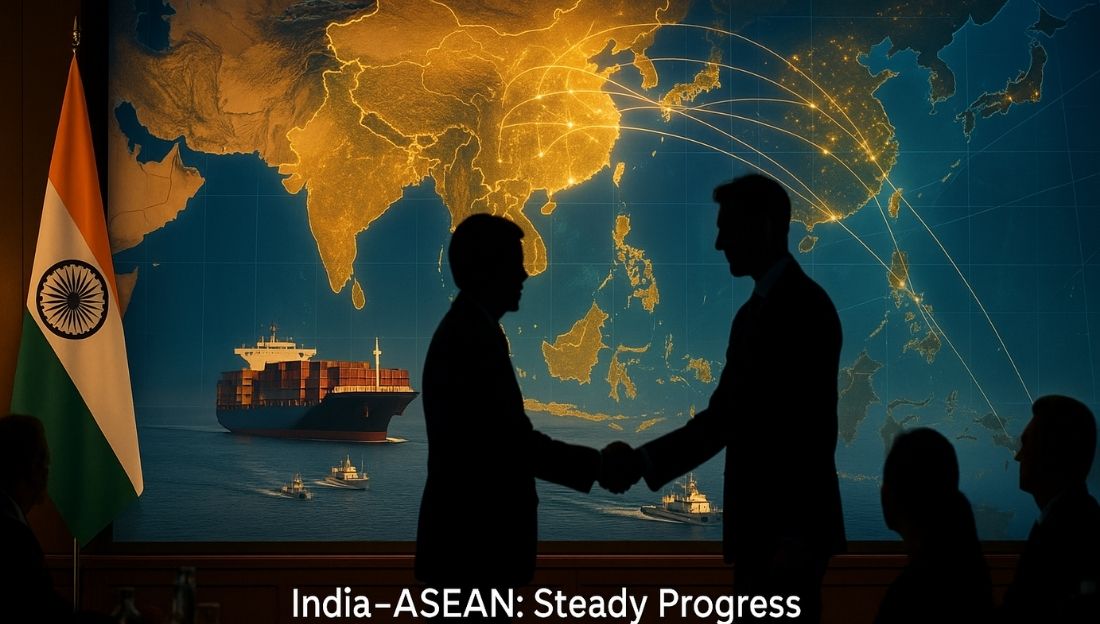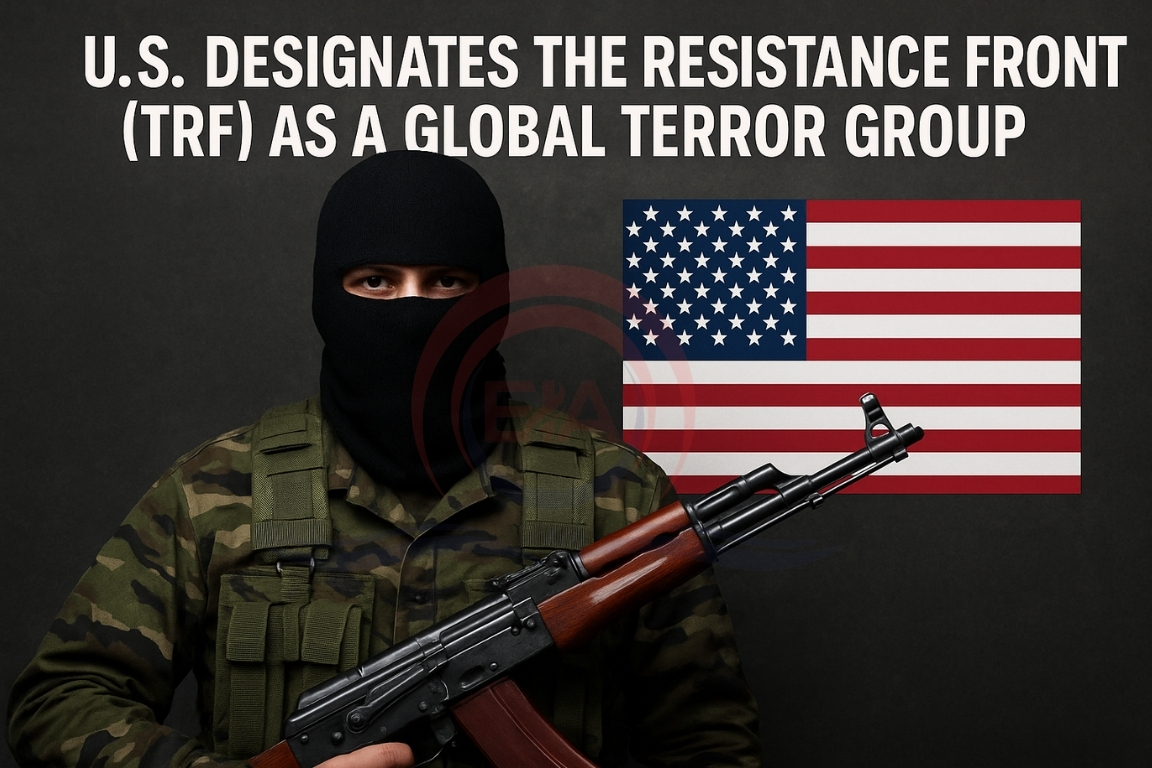Recent signals from the United States about restarting nuclear explosive tests have created uncertainty in an already fragile arms-control environment. This shift threatens balance among nuclear powers and poses strategic concerns for countries like India.
Nuclear explosive tests
- The Comprehensive Nuclear-Test-Ban Treaty (CTBT) is facing its deepest crisis since 1996.
- Former U.S. President Donald Trump hinted at reviving nuclear testing, breaking a three-decade voluntary moratorium.
- The move comes at a time when Russia has withdrawn CTBT ratification and China denies conducting explosive tests, adding to mutual distrust.
- These developments may trigger a new phase of nuclear competition and doctrinal shifts.

Evolution of the Nuclear Order
- Post-World War II period: Nuclear weapons peaked at ~65,000 in the 1970s; now reduced to ~12,500.
- Non-Proliferation Treaty (NPT): Created a system distinguishing five recognized nuclear powers from newer entrants like India and Pakistan.
- CTBT negotiations (1993–96): Though not in force, created a global political norm against nuclear explosive testing.
Why U.S. Testing Matters
- End of restraint: U.S. reversal of its 1992 testing moratorium may encourage other major powers to follow.
- Shift toward tactical nuclear weapons: Development of low-yield warheads increases the potential for battlefield use and miscalculation.
- Challenge to verification norms: U.S. alleges that Russia and China conduct “non-yield” tests, undermining mutual confidence.
Why CTBT Is Breaking Down
- The treaty has not entered into force because eight key states (including the U.S., China, India, Pakistan) have not ratified it.
- Russia’s de-ratification deepens mistrust.
- Competing interpretations of what counts as a “zero-yield” test weaken the verification and compliance regime.
Technology and the New Arms Race
- Rising investments in hypersonic missiles, autonomous delivery platforms, and advanced missile defence systems are altering strategic calculations.
- Nuclear powers are leaning toward counterforce doctrines, increasing risks of instability.
Implications for India
- Possible chain reaction of testing by China or Pakistan may widen strategic asymmetry.
- China–Pakistan nuclear collaboration continues to pose challenges.
- India must weigh the need for credible minimum deterrence while maintaining its reputation for responsible behaviour.
WHAT IS CTBT?
- CTBT stands for Comprehensive Nuclear-Test-Ban Treaty, a global agreement that bans all nuclear explosions—military or civilian.
- It aims to stop countries from testing nuclear weapons, preventing new designs and slowing the nuclear arms race.
- The treaty has not come into force because some key countries (including the U.S., China, India, Pakistan) have not ratified it.
Why P5 Countries Have Access to Nuclear Weapons?
- The NPT (Non-Proliferation Treaty) of 1968 officially recognises only five countries—the U.S., Russia, China, UK, and France (P5)—as nuclear-weapon states because they tested nuclear weapons before 1967.
- These countries were given legal status under the NPT in exchange for a promise to reduce their nuclear arsenals and work toward disarmament.
- NPT rules do not allow any other country to gain nuclear-weapon status, which is why India, Pakistan, Israel, and North Korea are outside the recognised group.
Conclusion
The weakening of the CTBT framework marks a major shift in global nuclear politics. Renewed testing by major powers may accelerate modernisation races and undermine hard-won norms. For India, the priority will be to secure strategic stability while upholding its commitment to restraint, transparency, and responsible deterrence.
This topic is available in detail on our main website.





